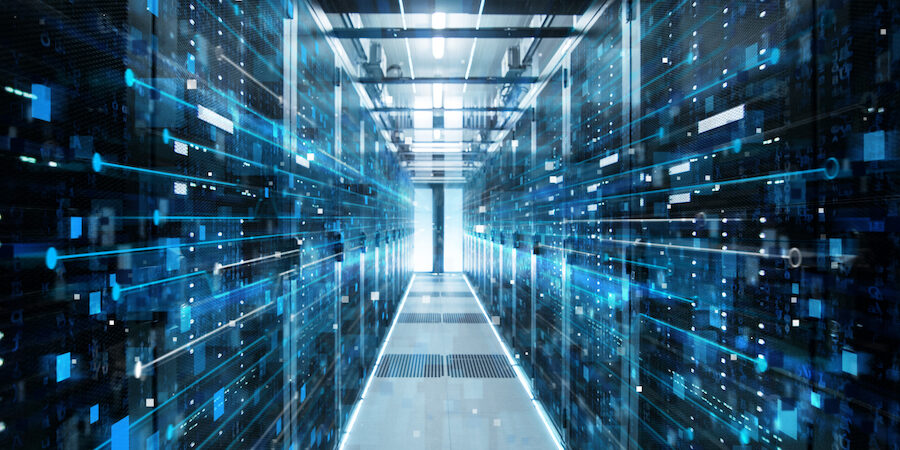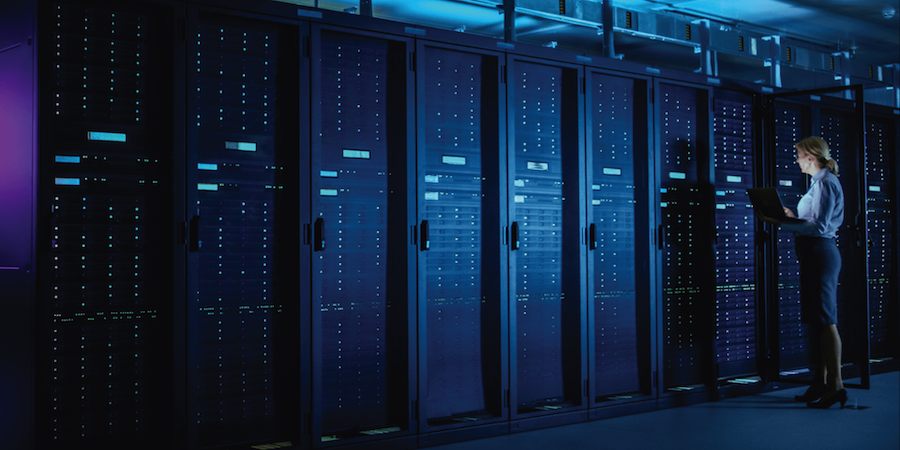As more businesses and organizations recognize the benefits of solid state drives (SSDs) and why they should integrate them, they may be held back from making the switch by the misconception that upgrading to SSDs requires ripping out and replacing their entire legacy system. This is not necessarily the case with data migration from legacy systems to modern databases, since shifting toward SSDs can still incorporate your legacy database and systems. In fact, mixing old and new systems can save money and help prepare for future upgrades. It adds flexibility too, as adjustments can be made along the way as needs change and technology improves — and prices come down.
Here’s how you can combine legacy systems with SSDs to achieve a holistic upgrade of data storage.
Combining SSDs with legacy systems
SSDs are today’s go-to data storage solution, but your organization probably still employs legacy hard disk drives (HDDs) in some capacity, like servers, storage units and employee devices. There are still many ways to make good use of these systems. For example, any HDDs that have life left in them can be repurposed for applications and storage that don’t require intensive read/write activity and very large files. Legacy HDDs can also store archived files and serve as a backup source for the primary system. Some organizations may even consider building a network-attached storage (NAS) and installing the HDDs inside, allowing easy access to legacy files via Wi-Fi.
SATA-based SSDs offer another opportunity, as they were originally designed with HDD systems in mind and integrate easily. In fact, that’s one of the advantages that SATA SSDs, like Samsung 870 EVO, have over more modern NVMe® SSDs. Both SATA SSDs and HDDs connect to a motherboard via controller hardware, while NVMe SSDs — designed for flash technology — connect to PCIe® sockets, which may not be available on older hardware. SATA SSDs are also significantly cheaper than NVMe ones, offering a powerful upgrade at a fraction of the cost.
Get your complete guide to SSD management
Discover how to effectively adopt and manage SSDs in your organization with this ultimate guide. Download Now
The benefits of an upgrade
Integrating SSDs of any kind into your legacy systems pays a wide range of benefits. They include:
- Faster speeds. SSDs are up to 35 times faster1 than HDDs. NVMe SSDs can clock in with speeds of up to 32 GB/s, which is five times faster than SATA SSDs. Boot times and data transfers are faster too, fostering more productivity from employees since those saved minutes add up. This is particularly useful for workers in a hybrid environment, who might have to wait longer for their applications and data to load.
- Better durability and reliability. SSDs are inherently reliable because they have no moving parts to wear out. HDDs, on the other hand, read and write data via a spinning platter and an actuator arm that moves, hunting and finding data and then laboriously writing it. Furthermore, HDDs are notorious for getting damaged following a hard drop or jostle, while SSDs are more resistant to this kind of damage.
- Higher energy efficiency. The very thing that makes an HDD vulnerable to drops and damage is the same thing that uses up energy: a spinning disk. The mechanical motion of the drive creates heat, which is the Achilles’ heel of a CPU. This means that the drive’s fan needs to run, using energy. SSDs, however, have no moving parts that heat up and are typically designed with shields and other technology that keeps cooling needs to a minimum.
- Better security. New SSDs ship with hardware-based encryption. This means the data is encrypted on the device itself, making it difficult to hack and steal information. With hardware-based encryption, it’s nearly impossible to break in unless you’ve been given the key to decrypt it. HDDs generally use software-based encryption, which is more vulnerable.
Sum of the parts
SSDs have become the virtual standard format for data storage and operations in today’s leading businesses and organizations for a reason — they improve performance and profits across the board. Plus, their expanded capabilities have spurred technological developments to make use of them, further restricting and even eliminating HDDs’ abilities to keep pace. That’s why even a partial upgrade that still incorporates legacy systems marks a significant step forward that can raise the game of all, creating outcomes greater than the sum of the new parts.
Get this free guide to SSD management in enterprise systems to help make the transformation. Also, learn more about why it’s time to upgrade your data center storage solution.
1 Enterprise Storage Forum. “Comparing SSD vs HDD Speed: Which Is Faster?” November 22, 2023.








